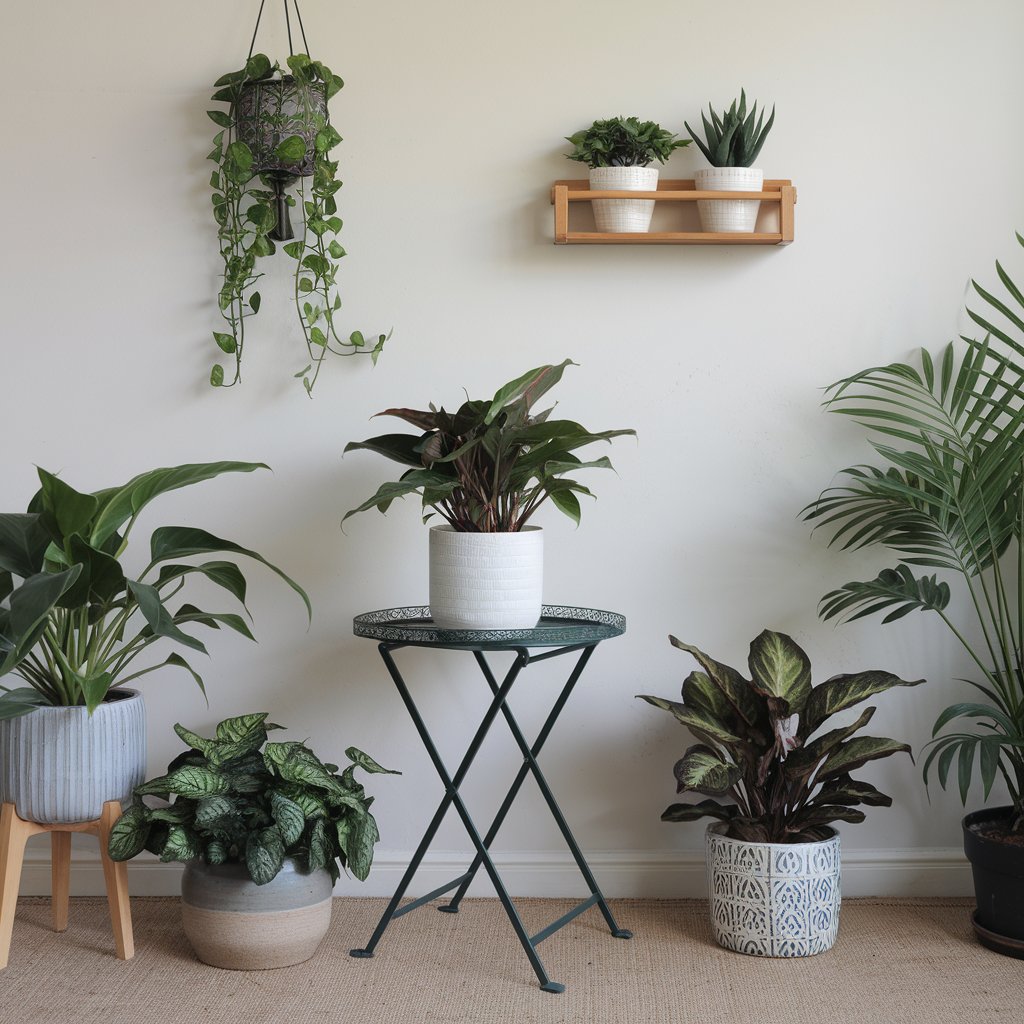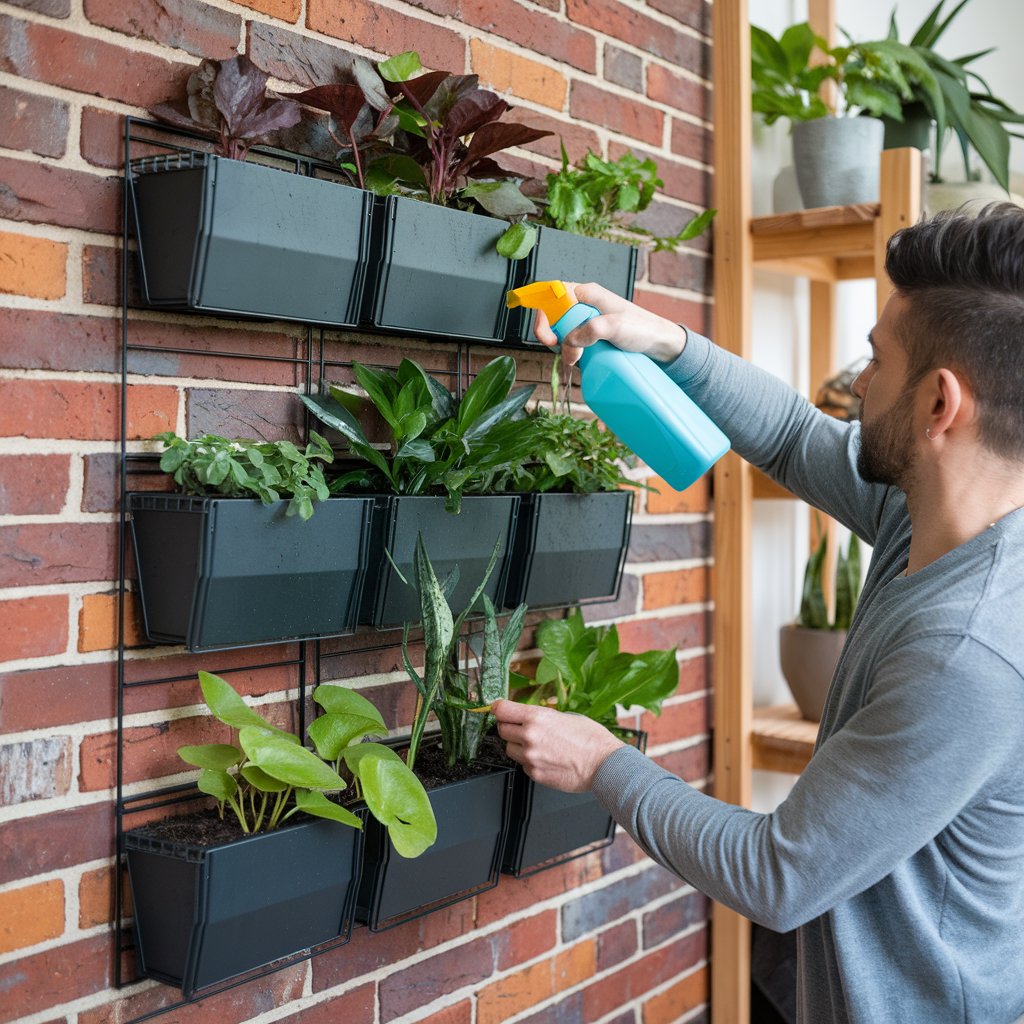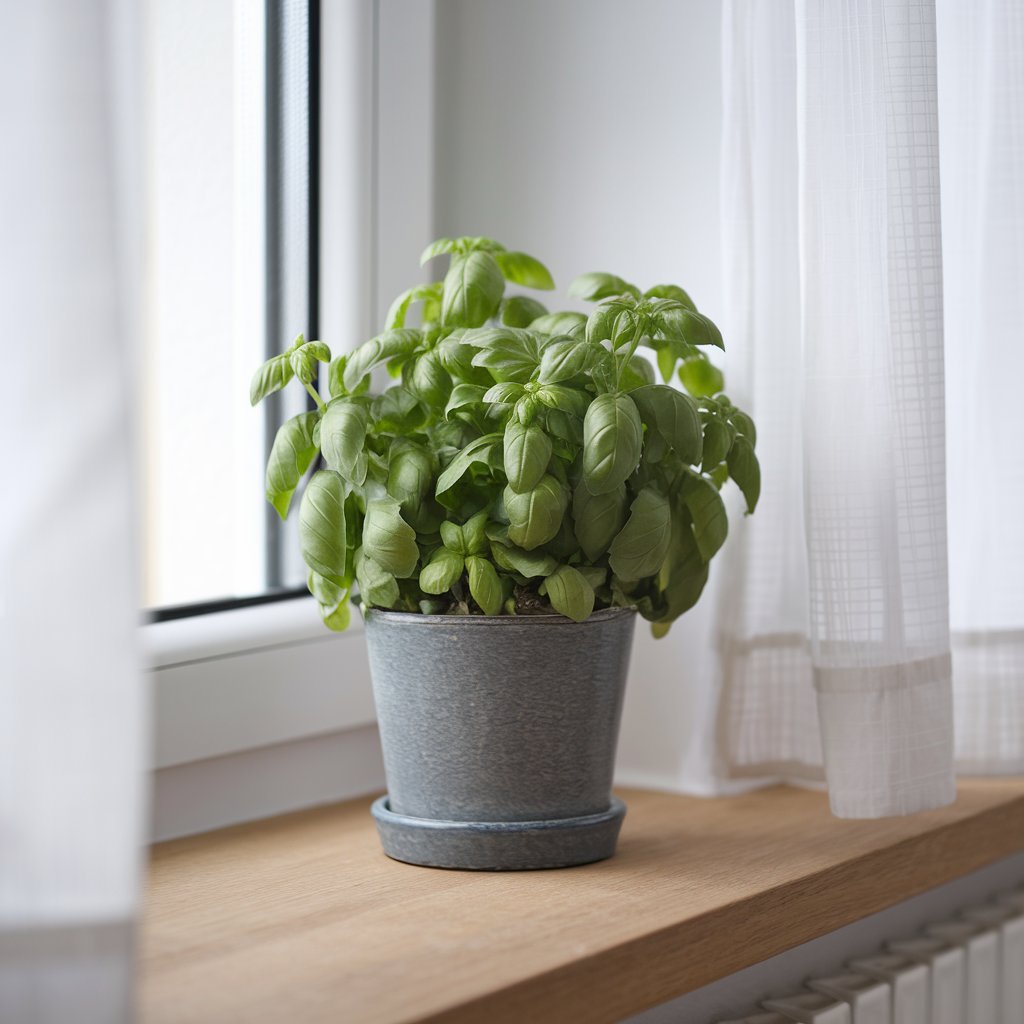If you’re looking for a houseplant that combines elegance, variety, and easy care, the arrowhead plant (Syngonium podophyllum) is a perfect choice. Also known as the Goosefoot Plant, this tropical beauty is loved for its arrow-shaped leaves and vibrant color varieties, making it a versatile and attractive addition to any indoor garden. Over the years, I’ve grown quite fond of this plant, and it has become a cherished part of my indoor greenery. Let me guide you through the care, propagation, and beauty of arrowhead plants so you can enjoy them too.
Why Choose an Arrowhead Plant for Your Home?
Arrowhead plants are perfect for both novice and experienced plant enthusiasts. They’re adaptable, easy to care for, and come in a variety of striking colors and patterns. Here’s why you’ll love having one in your home:
- Stunning Appearance: With arrow-shaped leaves that range from green to pink, white, and variegated patterns, they bring life to any indoor space.
- Versatility: These plants can grow as compact potted beauties or develop trailing vines in hanging baskets, adapting to your styling needs.
- Air Purification: Like many houseplants, arrowhead plants help clean indoor air by removing toxins.
Types of Arrowhead Plants
Arrowhead plants come in many varieties, each with its unique charm. Some popular types include:
- Pink Arrowhead Plant (Syngonium podophyllum ‘Neon Robusta’): With soft pink leaves, this variety adds a splash of color and is perfect for a feminine touch.
- Berry Allusion Arrowhead Plant: This variety features pale green leaves with hints of pink veins, making it a subtle yet elegant choice.
- White Butterfly Arrowhead Plant: Known for its white and green variegated leaves, this variety resembles a butterfly in flight.
- Syngonium Albo: A variegated variety with striking white patches on its leaves, it’s a favorite among collectors.
- Syngonium Podophyllum: The classic green-leaf variety, great for beginners or those seeking a simple yet lush plant.
With so many arrowhead plant varieties available, there’s one to suit every taste and style.
How to Care for Arrowhead Plants Indoors
Arrowhead plants are forgiving and thrive in various indoor environments when provided with basic care.
1. Light Requirements
Arrowhead plants prefer bright, indirect light, though they can tolerate low light conditions. Direct sunlight may scorch their leaves, so a spot near an east- or north-facing window is ideal. Variegated varieties like the Syngonium Albo need more light to maintain their patterns.
2. Watering
Water your arrowhead plant once the top inch of soil has dried out. These plants like to stay slightly moist but not waterlogged, as overwatering can lead to root rot. Reduce watering in winter when growth slows.
3. Humidity and Temperature
Arrowhead plants love high humidity, mimicking their tropical origins. To boost humidity, mist the plant regularly or use a pebble tray. They thrive in temperatures between 60–80°F (16–27°C) and should be kept away from cold drafts.
4. Soil Mix
A well-draining potting mix is essential. You can use a standard houseplant mix and add perlite for better drainage.
5. Fertilizer
Feed your arrowhead plant with a balanced liquid fertilizer every 4–6 weeks during spring and summer. Skip feeding during the dormant winter months.
6. Pruning and Maintenance
Arrowhead plants can grow quite bushy. Prune regularly to maintain their shape and remove any yellowing or damaged leaves. Use clean, sharp scissors to avoid spreading disease.
How to Propagate Arrowhead Plants
Propagating arrowhead plants is simple and rewarding. Here’s how:
- Choose a Healthy Stem: Look for a stem with at least one node (a bump where roots or leaves grow).
- Cut Below the Node: Using sharp, clean scissors, snip the stem just below a node.
- Root in Water or Soil:
- Water Propagation: Submerge the node of the cutting in a glass of water, ensuring it stays covered.. Change the water weekly.
- Soil Propagation: Plant the cutting in moist potting soil and cover it with a plastic bag to create a mini greenhouse effect.
- Wait for Roots: Roots typically develop within 2–4 weeks. Once they’re 1–2 inches long, you can transfer the cutting to a pot with fresh soil.
Styling Arrowhead Plants Indoors
Arrowhead plants are versatile and can be styled in various ways:
- Tabletop Accent: Keep young arrowhead plants in decorative pots to add charm to a desk or coffee table.
- Hanging Baskets: As the plant matures, it can develop trailing vines, making it perfect for hanging baskets.
- Plant Shelf: Combine arrowhead plants with other tropical species for a lush, green shelf display.
Common Problems and Solutions
Even with their hardy nature, arrowhead plants can face a few challenges:
- Yellowing Leaves: Often a sign of overwatering or low light. Adjust watering and move the plant to a brighter spot.
- Brown Leaf Tips: Typically caused by low humidity or too much direct sunlight. Mist the plant or relocate it to a more suitable spot.
- Pest Infestation: Arrowhead plants may attract spider mites, mealybugs, or aphids. Treat infestations with insecticidal soap or neem oil.
Why I Love Arrowhead Plants
For me, arrowhead plants are more than just houseplants—they’re companions that bring life and warmth to my home. Their vibrant leaves and adaptability make them a joy to care for, and watching them thrive feels deeply satisfying. Whether it’s a pink arrowhead plant brightening up a corner or a variegated variety catching the light on my shelf, these plants never fail to make me smile.
Add an Arrowhead Plant to Your Indoor Collection
If you’re looking for an easy-to-care-for, visually stunning plant, the arrowhead plant is a fantastic choice. Its diverse varieties, adaptable nature, and air-purifying qualities make it a must-have for any indoor garden.
So why not bring one home today? Whether you choose a classic green Syngonium or a striking variegated variety, you’re sure to fall in love with its charm.
For more tips on indoor plant care and propagation, check out Indoor gardening.




